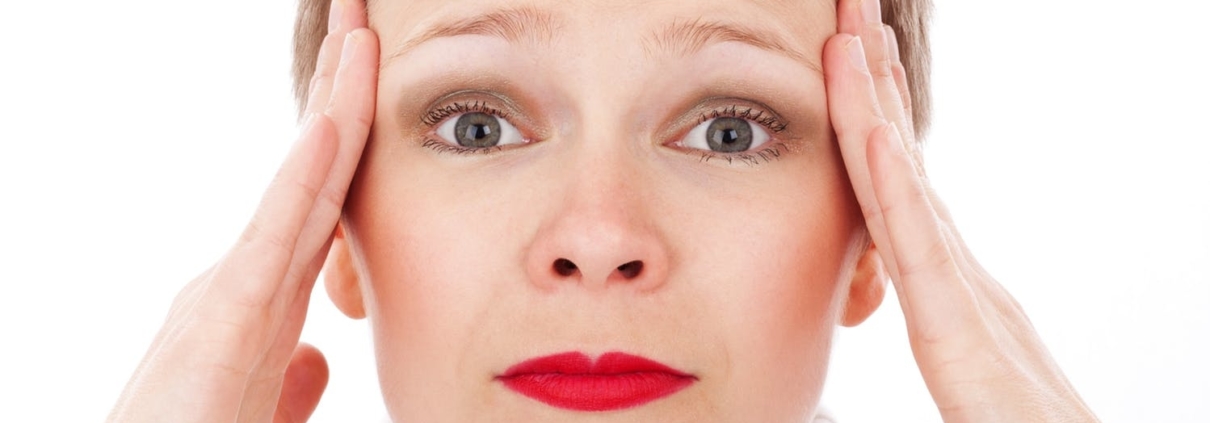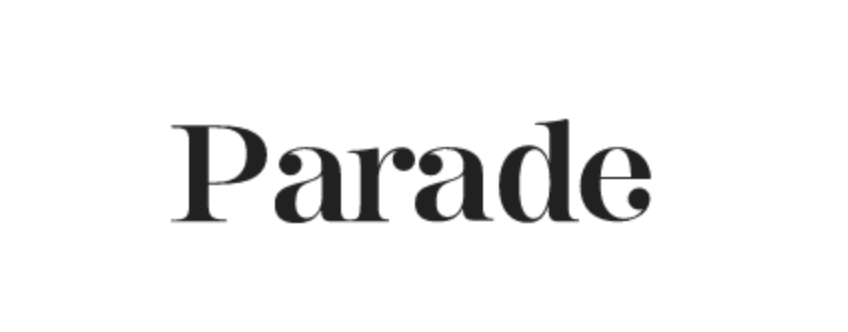Not Tonight Dear: Common Types, Causes and Treatment of Headaches
America’s got headaches.
It’s a well-documented fact. Just look at the statistics.
It is estimated half of the adult population suffers from run of the mill headaches at least once a year. According to a population-based US government survey, 1 out of 6 Americans and 1 out of 5 women suffer from severe headaches and migraines. This statistic has not changed for the past 20 years.
Interestingly, headaches are more prevalent in younger adults than in seniors than and twice as high in women as in men.
Who knew there were so many different types of headaches?
According to The International Classification of Headache Disorders (ICHD) there are more than 150 different types of headaches which are divided into two main categories: primary and secondary.
Primary Headaches
Migraines and tension headaches are considered primary headaches since they are conditions in themselves. Tension headaches are fairly common and usually resolve fairly quickly with the passage of time and over-the-counter pain killers.
A migraine is a more severe kind of headache that occurs when there is vascular instability. Patients with migraines report having an aura before suffering this malady, which means they may see flashing light, experience nausea or sensitivity to bright light. The pain or symptoms can last anywhere from a few hours to a few days.
Cluster headaches are recurrent, severe headaches which are six times more likely to develop in men than women. Often characterized by a burning pain behind the eye, they often occur without warning and usually take place at the same time of day and are induced by stress.
Other primary headaches include exertional headaches brought on by strenuous exercise and hypnic headaches which is also known as an “alarm headaches” since it wakes you up in the middle of the night.
Secondary Headaches
As for secondary headaches, those are related to a head injury, caffeine withdrawal, medication overuse, sinus, menstrual and hangover headaches.
Causes
There are many factors which can trigger a headache or a migraine. External factors such as weather conditions, persistent loud noises or music, fragrances or carbon monoxide poisoning are possible contributors. Stress, sleep apnea, alcohol, vision problems or eye strain and dehydration are also known contributing factors.
The Food Factor
Food or lack of it can be a trigger for a headache or migraine.
Food triggers are often specific to individuals. What triggers a migraine in one person may not do the same to others. In my experience, foods containing Monosodium glutamate (MSG) or nitrates since they are vaso-active substances are very common triggers. Other foods which commonly cause migraines include caffeine, spicy foods, aged cheese and even chocolate.
I have a patient who had consistent headaches after seeing a movie in a movie theatre. The trigger: movie-theater popcorn, a bummer since that was her favorite part of the movie experience.
Treatment Options
The most common treatment for a headache is over-the-counter medications such as ibuprofen (Advil, Motrin IB, others), acetaminophen (Tylenol, others) and aspirin. For migraines or any severe repetitive headache, it is best to schedule an appointment with a neurologist or migraine specialist. There are a variety of prescription medications to both treat and prevent migraines including sumatriptan (Imitrex) and zolmitriptan (Zomig). Some of my patients have found success with Botox, stress reduction, yoga and massage.
So next time your wife says, “Not tonight dear, I have a headache,” you can take comfort in the fact you are not alone. It’s part of being an American.



















